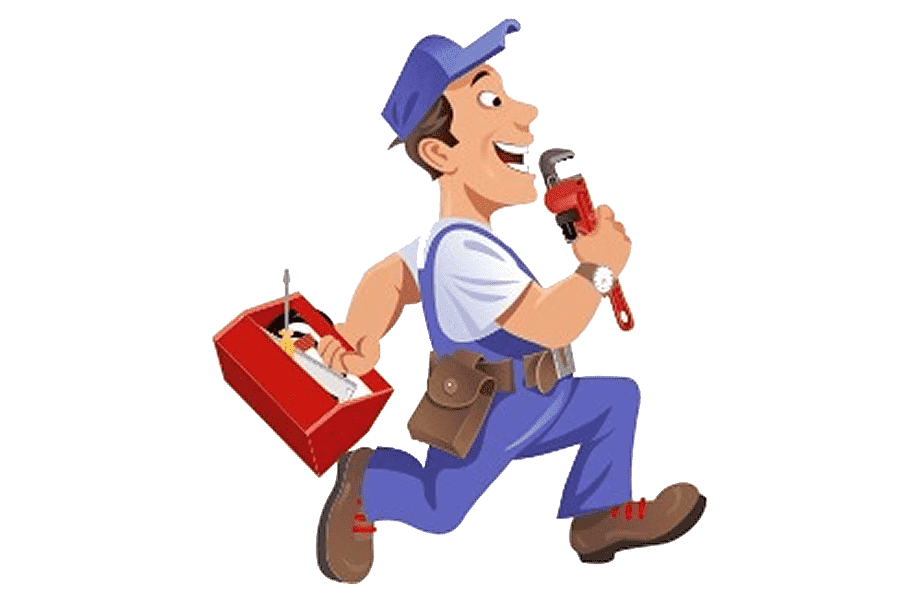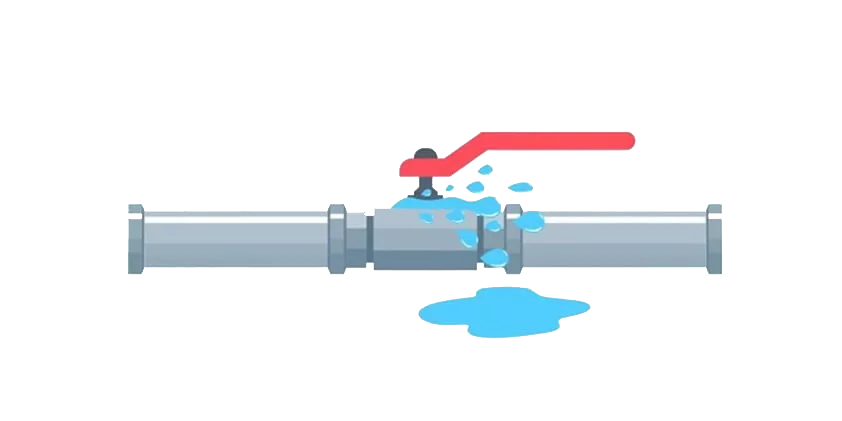 +91 8220856565/ 8220956565
+91 8220856565/ 8220956565
 +91 8220856565/ 8220956565
+91 8220856565/ 8220956565
An epoxy is a two-part adhesive that forms when you mix epoxy resin and hardener. The two substances are stored in different containers and are only mixed together when you’re ready for gluing – which you can do using a double syringe, for example.
Well, all you need to do is sand the surface of the cured epoxy lightly. Once cured, wipe away any remaining resin dust and ensure the surface is clean. Apply your next coat of epoxy in thin layers, ensuring that each layer is cured completely before applying the next.
As discussed earlier, concrete and hard plaster are excellent resin epoxy alternatives. There are also plenty of other alternative to epoxy resin. Other substances that you can go for include metal, plastic, slush latex, and alabaster as a substitute for resin.
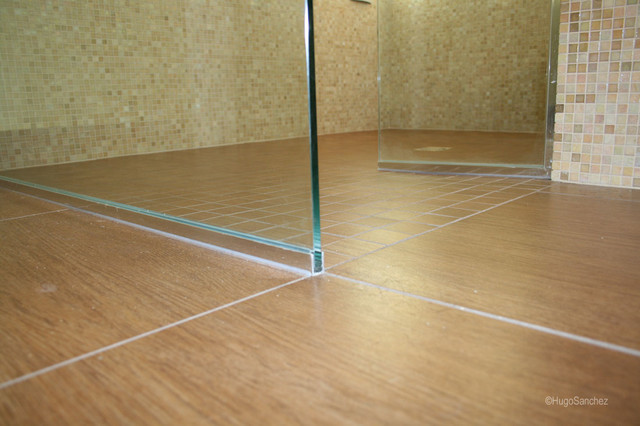
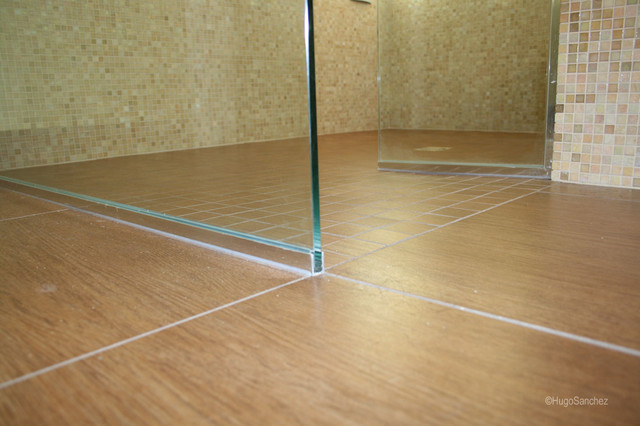
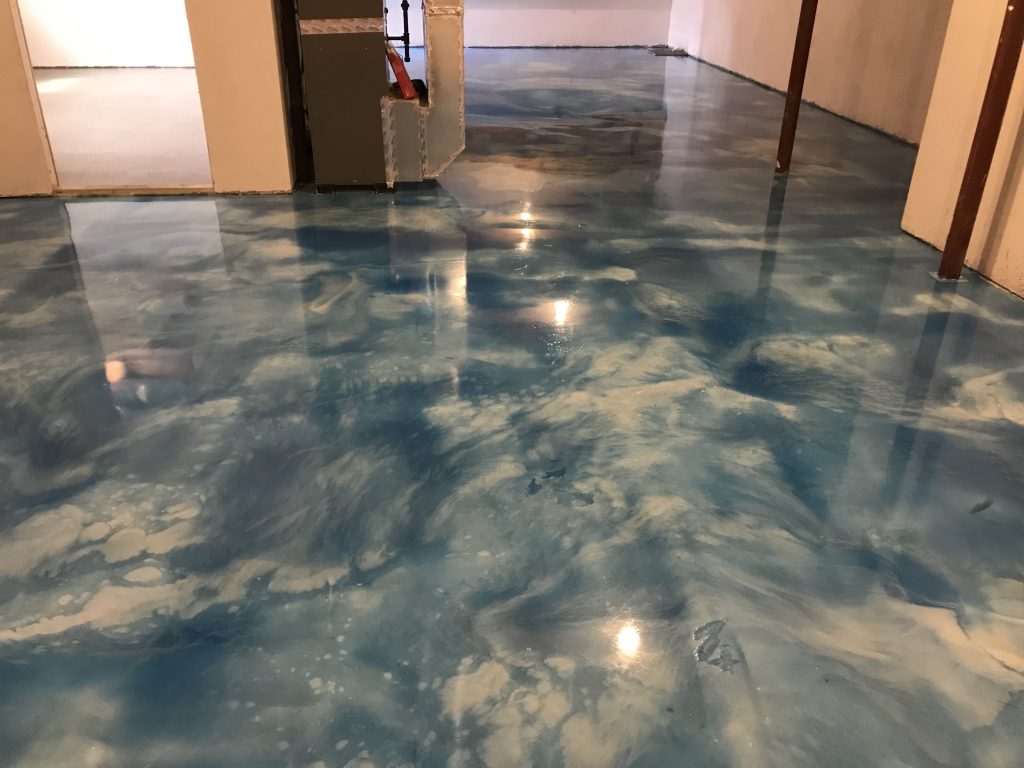
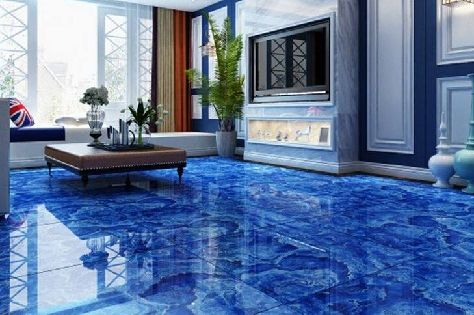
You can choose from a variety of designs and colours. You can even contrast your floor with your walls. Though, the floor is sensitive to UV radiation. I think epoxy floors are suitable for any residential house.
For residential spaces that use epoxy flooring—like patios or garages—homeowners can expect to keep their epoxy flooring looking great for even longer. Typically, residential epoxy flooring can last up to 10 years with proper care!
Epoxy is an adhesive used for bonding concrete. Epoxy resins are used with concrete in the form of coatings, repair materials, grouts, bonding agents, paints, adhesives, epoxy mortars, sealers, penetrating sealers, wearing surfaces, and as admixtures to hydraulic cement concrete to make epoxy polymer-modified concrete.

